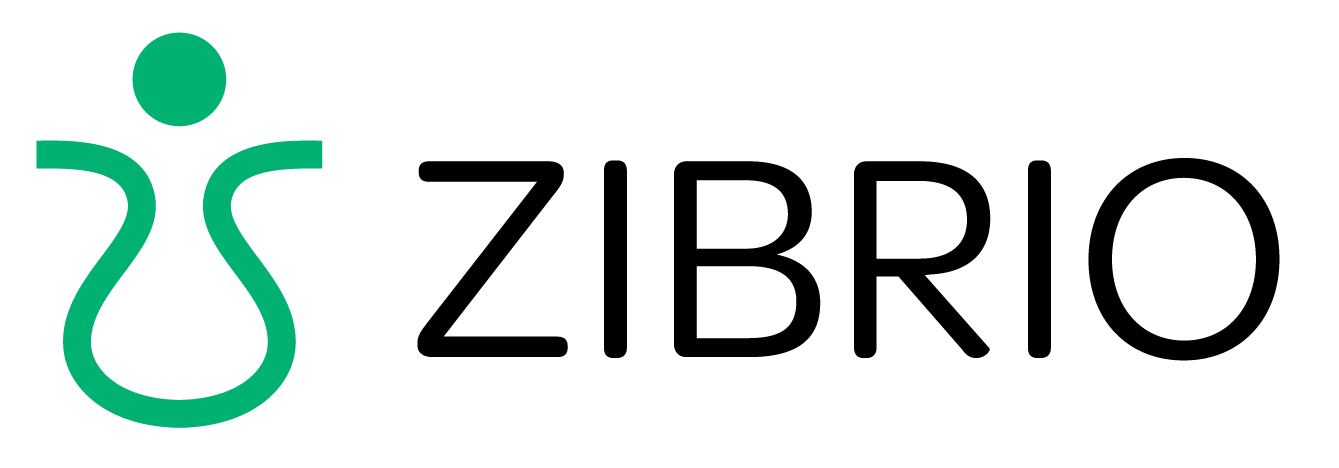Social Distancing? How to Beat Worry, Stay Fit and Thrive (Part 2)
As more of us are told to stay away from other people, navigating life gets harder. Whilst it’s well documented that exercise helps to improve mood, keep us healthy, when we start to battle anxiety or depression, it can be impossible to find the motivation to do the healthy things we need.
Today we’ll cover the some of the mental aspect of social distancing by taking a look at strategies to cope with anxiety, anger and fear.
Meditation as a practice has been around for thousands of years, and there has been a lot of interest in understanding its affects on the human body and brain. Whilst no study can claim to show that mindfulness alone can manage or prevent disease, it has been shown to help conditions like anxiety, depression, high blood pressure when used in conjuction with recommended medications.
What is Mindfulness?
Mindfulness is a way of calming the mind by focusing on something simple, often your breath. Most usually you sit quietly and close your eyes. Sessions can last as little as 3-5 minutes, or as long as an hour for very experienced practitioners.
Regular practice can help us learn to pause when faced with challenges, temptations or fears, and in that pause we gain control of our actions and can choose a skillful response, rather than perhaps our habitual, automatic response. It helps us learn that our thoughts are not facts, and that we are free to choose a different response.
For some people it can be a spiritual experience, but for many it is not.
You can’t win at meditation
But you can’t lose either. It’s not a contest. Even a short meditation every day can help make a difference. But remember that even people who have meditated for years find some sessions feel better than others, or are easier to do than others. Having a session when your thoughts are churning (and in the beginning this will happen a lot) doesn’t mean you’ve done it wrong. Take a deep breath, and accept that it’s not about perfection. On difficult to concentrate days, it can be helpful to turn to guided meditation (see more below).
How to get started
A great place to start is the non-profit Mindful.org which has a lot of free resources, including how-to guides, courses to take, history of meditation, links to case studies. You can access a lot of this for free from their website, and also subscribe to their magazine for regular doses of help and inspiration.
Apps
A simple way to start to explore meditation and mindfulness is to use an app. The top 3 apps available at the moment work with both Apple and Andriod devices and have free trials or free versions, as well as subscription options available:
Calm began as an app to help people get to sleep, and has expanded into many guided meditations
Headspace offers guided meditations and courses, starting with a free 10 day course
Insight Timer offers a simple timer for your own practice as well as free guided meditations and courses avaliable on subscription.
Podcasts
If you prefer to hear more about mindfulness and how it can work for you, here are some podcasts which can help you decide if it’s something you’d like to try.
VeryWellMed recently produced a comprehensive summary to help you get started. You can find it here
Alternatives to sitting
Not all meditation has to be seated. It’s possible to do mindful walking, or other activities such as yoga and tai chi where you are focussed on the movement and your breath are also forms of meditation that can reduce stress and deliver health benefits discussed above.



